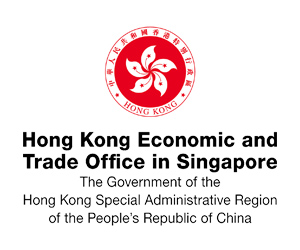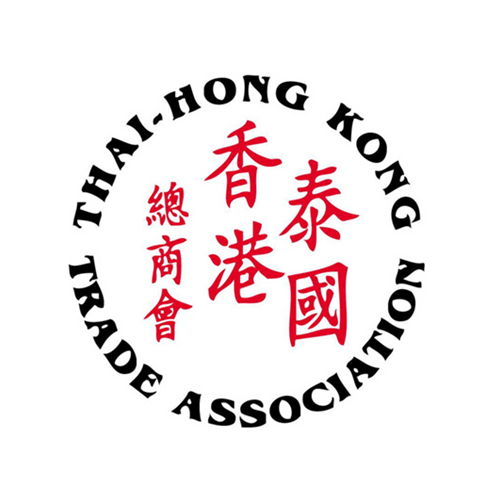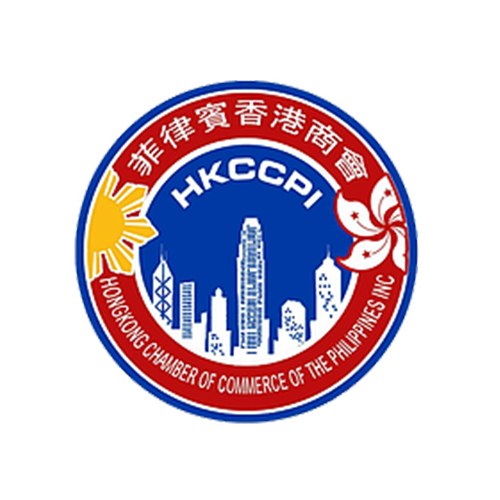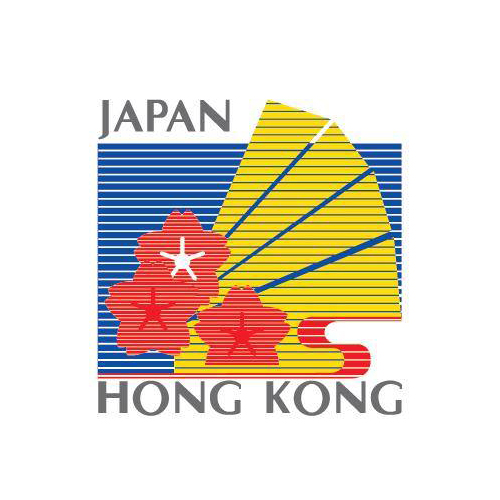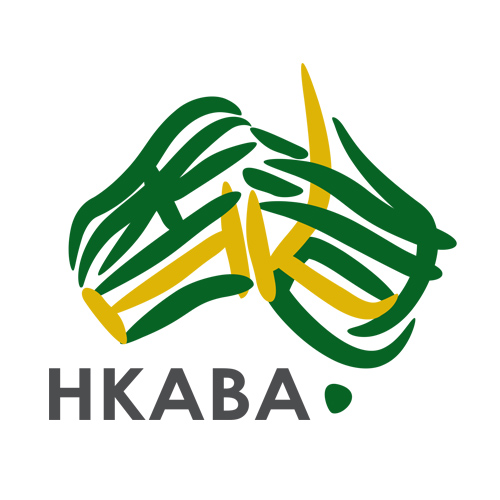Want to be in the loop?
subscribe to
our notification
Business News
FOUR MAIN DRIVERS OF VIETNAMESE STOCK MARKET IN 2025
Positive prospects of a stable manufacturing in 2025 are supported by supply chain diversification benefits from the “China +1” strategy, and Vietnam will continue to attract FDI inflows in the coming time.
Remarking on the market outlook for December, Mirae Asset Securities believed that the demand has strengthened for three consecutive weeks, combined with breakout trading sessions stimulated by bullish industries and soaring liquidity on December 5. These developments have opened up many optimistic prospects for the rest of December.
In particular, the VN-Index saw support around 1,250 points and continued to gain ground. The rally was expected to be extended, underpinned by bullish industries like financial services, retail, insurance and steel.
On the contrary, the banking sector is likely to underperform the market although it is likely to continue to attract cash flow and leading banks have traded at all-time high prices. Although valuations remain attractive, this somewhat affects the general trading sentiment and cash flow is expected to shift to industries that are more likely to gain value.
In December, Mirae Asset expected cash flow to broaden its influence and boost a broad-based rally to drive the VN-Index above the sentimental resistance of 1,300 points. However, at the same time, caution is needed when the gauge successfully goes past the 1,300-point threshold and profit-taking pressure may weigh up around 1,300 and last till 1,330.
In 2025, Mirae Asset believed that there will be four main drivers of the market. The first is manufacturing. With industrial and manufacturing sectors consuming more than 50% of Vietnam's electricity, the 11% growth in electricity output in the first 10 months of 2024, combined with the PMI Index staying above 50 points in eight out of 10 months (excluding January), domestic manufacturing has improved significantly compared to that in 2022-2023.
Although there are concerns about the risk of power shortages as some industrial zones used to suffer due to high temperatures and increased electricity demand, the revised Electricity Law, renewable energy initiatives and nuclear power development plans will ensure adequate power supply for consumption and production needs.
Positive prospects of a stable manufacturing in 2025 are supported by supply chain diversification benefits from the “China +1” strategy, and Vietnam will continue to attract FDI inflows in the coming time.
The second is domestic consumption. Although listed retailers show signs of recovery in 2024, growth in 2025 is likely to slow down as consumers remain cautious. Total profits of listed retailers strongly recovered in recent quarters but largely resulted from cost optimization and margin improvement rather than increased investment and expansion.
In fact, total revenue from giant retailers like MWG has modestly grown in recent years as revenue from discretionary goods at Thegioididong and Dien May Xanh has remained stable and seasonal while actual growth has been mainly driven by Bach Hoa Xanh.
In 2025, consumer spending is forecast to grow steadily but modestly due to asset depreciation from the uneven recovery of the real estate and stock markets.
The third is bad debt. Seeing the widening gap between credit growth and deposit mobilization, commercial banks have adopted a dual strategy: Gradually increasing deposit interest rates and actively issuing bonds to maintain credit growth momentum while minimizing the nonperforming loan (NPL) ratio, taking advantage of Circular 02/2023/TT-NHNN on no changes to the debt category of borrowers fraught with difficulties, particularly with the system-wide credit growth of 12.5% as of December 7, doubling the growth of M2 money supply. These developments show that NPL handling, debt manufacturing and debt extension are taking place.
Although asset quality improved slightly in the first three quarters of 2024, with the NPL ratio sliding to 2.47%, it was still 42 basis points higher than at the beginning of the year. With Circular 02/2023/TT-NHNN set to expire on December 31, 2024, commercial banks are likely to pursue a three-pronged strategy: Strengthening credit risk provisions, promoting bond issuance to support credit growth, and promoting corporate debt restructuring in the context of the business environment showing no clear signs of recovery.
The last is the corporate bond market. The grace period for bonds with rescheduled payment terms under Decree 08/2023/ND-CP will gradually expire, creating asset quality risks for banks and system liquidity challenges in the first half of 2025, especially when the real estate, construction and energy sectors are still facing difficulties in business operations as well as refinancing pressures.
Source: VCCI
Related News
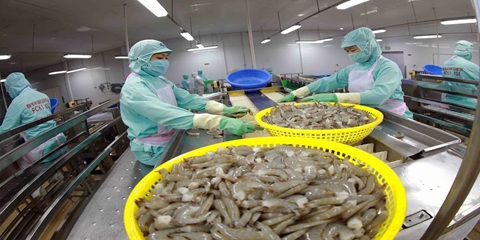
VIETNAM’S SEAFOOD EXPORTS HIT OVER US$10 BILLION IN JAN-NOV
Seafood export revenue in November alone amounted to nearly US$990 million, up 6.6% year-on-year. Key product groups posted solid gains. Shrimp exports rose 11.7% to over US$385 million, supported by strong demand for whiteleg shrimp and lobster. Tra fish shipments increased 9.7% to almost US$197 million, while marine fish, squid, and mollusk exports maintained their recovery.

VIETNAM’S AGRO-FORESTRY-FISHERY EXPORTS HIT NEW RECORD IN JAN-NOV
Vietnam’s agro-forestry-fishery export revenue reached an estimated US$64.01 billion in the first 11 months of 2025, up 12.6% year-on-year and surpassing the full-year record of US$62.4 billion set in 2024. Agricultural exports reached US$34.24 billion, up 15% year-on-year, while livestock products brought in US$567.4 million, a 16.8% increase. Seafood exports rose 13.2% to US$10.38 billion, and forestry products earned US$16.61 billion, up 5.9%.

HANOI REPORTS RECORD-HIGH BUDGET REVENUE IN 2025
Hanoi’s budget revenue is estimated to reach VND641.7 trillion in 2025, the highest level ever recorded and nearly 25% above the revised target, according to a report by the municipal government. Data from the city’s socioeconomic performance review shows that total state budget collections in 2025 are projected to reach 124.9% of the adjusted plan and rise 24.9% from 2024, the Vietnam News Agency reported.
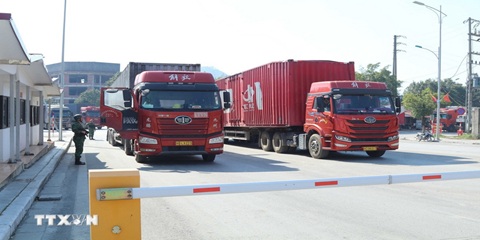
VIETNAM, CHINA TO PILOT TWO-WAY CARGO TRANSPORT AT LANG SON BORDER
Vietnam and China will launch a one-year pilot program on December 10 to allow two-way cargo transport through the Huu Nghi–Youyi Guan international border gates in Lang Son Province, reported the Vietnam News Agency. The Dong Dang-Lang Son Economic Zone Management Board said the trial aims to reduce transport costs and improve customs clearance capacity.
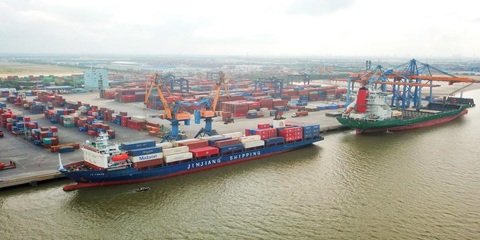
VIETNAM’S IMPORT-EXPORT VALUE NEARS US$840 BILLION IN JAN-NOV
The total value of Vietnam’s imports and exports was nearly US$840 billion between January and November this year, the highest level ever recorded, according to the National Statistics Office. In its latest report on the country’s socio-economic performance, the National Statistics Office highlighted a series of positive economic indicators, with trade emerging as one of the strongest drivers of growth.

OVER 19 MILLION INTERNATIONAL VISITORS COME TO VIETNAM IN JAN-NOV
Vietnam received more than 19.1 million international visitors in the first 11 months of 2025, a 20.9% increase year-on-year and the highest level ever recorded, according to the National Statistics Office. The figure surpasses the full-year record of 18 million arrivals set in 2019, before the Covid-19 pandemic. Nearly two million foreign visitors arrived in November alone, up 14.2% from October and 15.6% from the same period last year.
